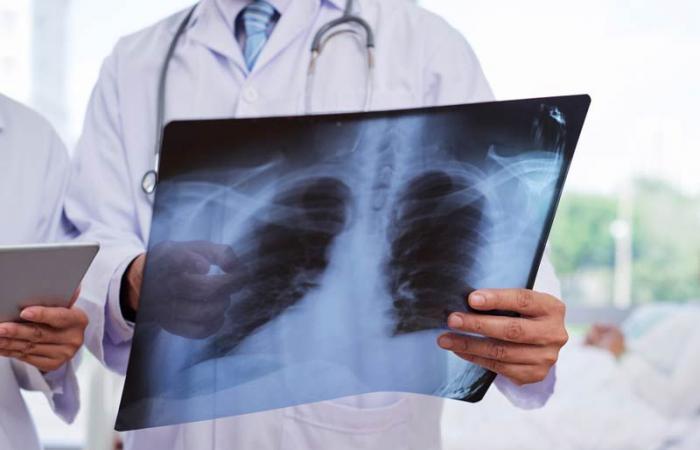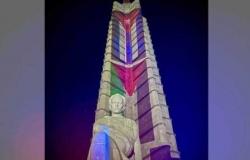| Highlights GPT-4 (ChatGPT; OpenAI) matched radiologists’ performance in detecting errors in radiology reports and has the potential to reduce processing time and cost. Key results ■ Of 200 radiology reports (radiography and cross-sectional images), GPT-4 (ChatGPT; OpenAI) matched the average error detection performance of six radiologists (GPT-4, senior radiologists, attending physicians, and residents: 82.7% [124 de 150; IC del 95%: 75,8, 87,9]89.3% [134 de 150; IC del 95%: 83,4, 93,3]and 80.0% [120 de 150; ; IC del 95%: 72,9, 85,6], respectively; p value range, 0.522–0.99). ■ GPT-4 required less average reading time per report than the fastest human reader in the study (3.5 seconds ± 0.5 [DE] vs. 25.1 seconds ± 20.1, respectively; Q ■ GPT-4 resulted in a lower mean correction cost per report than the most cost-effective radiologist ($0.03 ± 0.01 vs. $0.42 ± 0.41, respectively; P |
Introduction
For radiology reports to be effective, radiologists must ensure accuracy and consistency, especially between the findings and impressions sections. Preliminary radiology reports are typically written by residents and subsequently reviewed and approved by board-certified radiologists. This legally required process increases accuracy, but is time-consuming and resource-intensive. Additionally, increasing radiologist workloads, high-pressure clinical environments, and unreliable speech recognition mean that radiology reports are prone to mistakes.
A recent analysis of preliminary resident reports showed that the most common reporting errors are laterality discriminator mix-ups (left, right) and misregistration of inadvertent descriptors using speech recognition (one, none). These two errors, if not corrected, can have serious repercussions. Proofreading tools beyond basic spell check are not routinely available to check for these errors.
GPT-4 (ChatGPT; OpenAI), an autoregressive large language model, may offer potential solutions to these challenges. Recent studies have demonstrated potential applications of GPT-4 in patient care. For example, transforming free-text radiology reports into structured formats, automatically generating the print section, and generating competent radiology reports (e.g., for distal radius fractures) underline their usefulness in reporting standardization. The role of GPT-4 in education and the expansion of knowledge within the field of radiology has also been investigated.
The use of GPT-4 for correct radiology reports could alleviate the workload of supervising radiologists and be an educational resource for residents because it could correct radiology reports and point out errors. This would be particularly beneficial if residents do not have access to tools that track report modifications made by supervising radiologists. Therefore, this study aimed to evaluate the performance of GPT-4 in detecting the most common errors and discrepancies in radiology reports and estimate its potential to reduce time and costs.
To continue reading you must enter
with your IntraMed username






